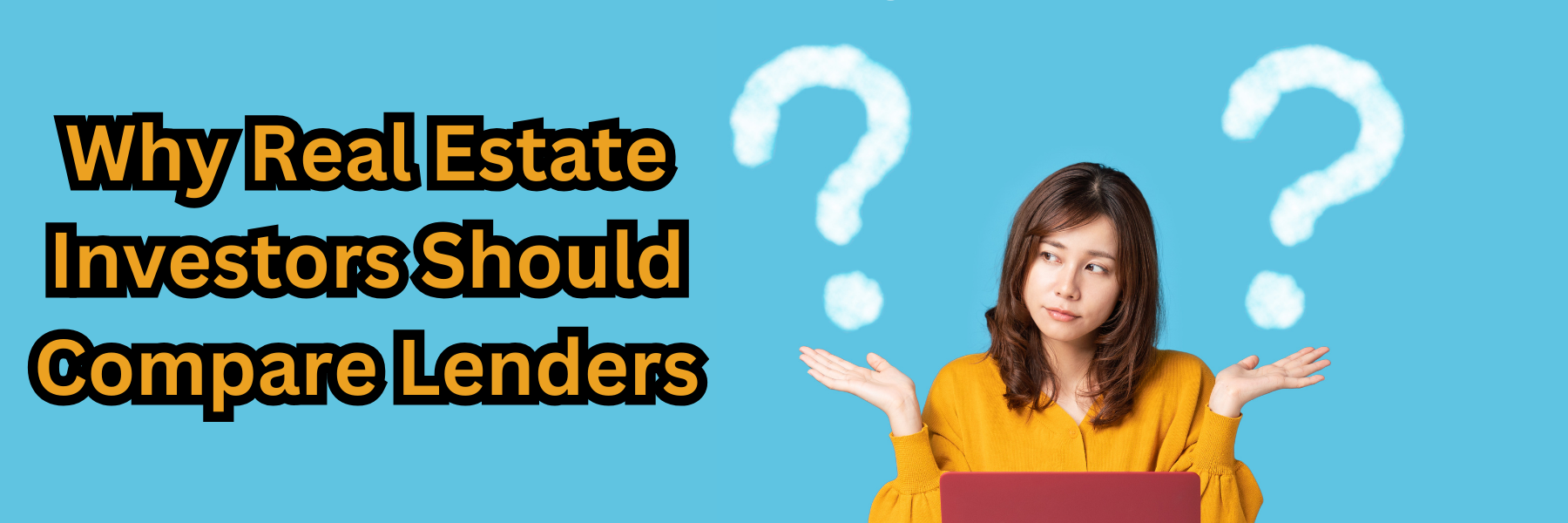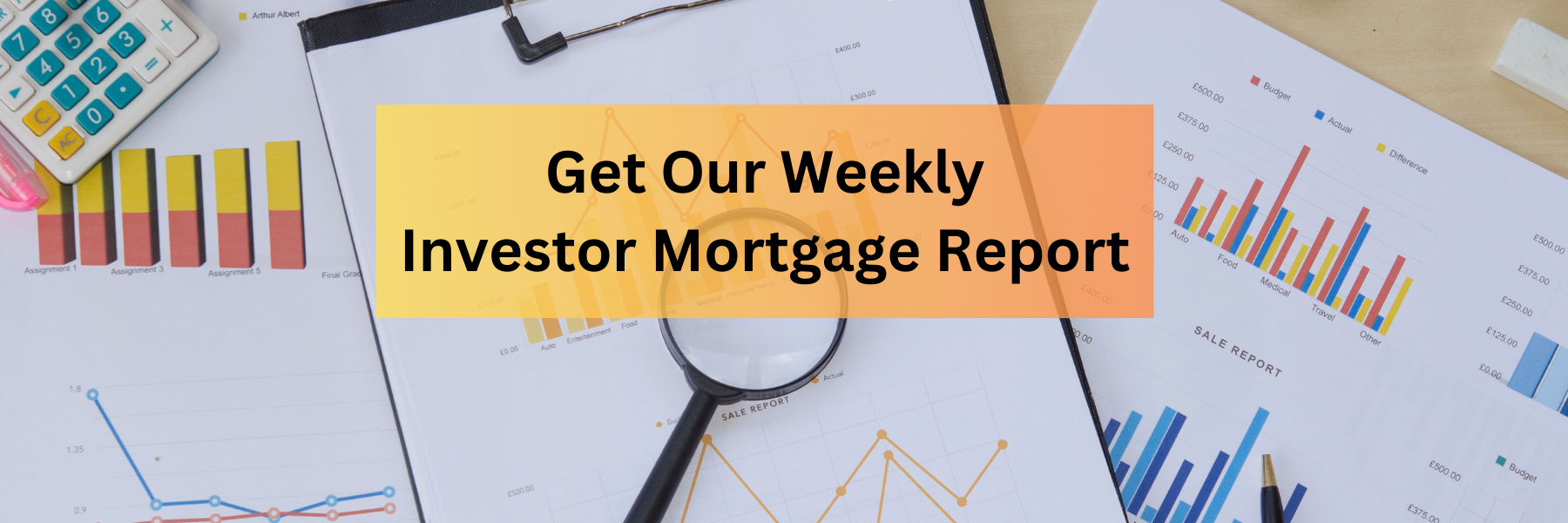Get Our Weekly Investor Mortgage Report
2024 is here! Now is the time to look at interest rate predictions and discuss the importance of the weekly investor mortgage report. I have been in finance a little over 35 years, and working with real estate investors for 24 years. While experience isn’t exactly a crystal ball, it does help guide your investment decisions, as well as identifying trends. Real estate investors saw a prediction come to life in October of 2023 when rates did improve. As we begin 2024, it is important that we follow the trends from Fannie Mae, NAR, and the Mortgage Brokers Association. Here at The Cash Flow Company we have created a Weekly Investor Mortgage Report. Let’s take a closer look at how things have changed and why you need to stay up to speed.
How is the Fed affecting bank loans?
A lot of investors go to banks for rental loans or fix and flip loans. As rates drop, it will have a greater effect on investors because Fed funds affect prime. Fed funds are controlled by the Fed and dictate what banks can borrow from the Fed or other banks. The fed funds are currently at 5.25% to 5.5%. Banks then add 3 points to that in order to create their lending base number for short term loans or 1 to 2 year bridge loans. Some lenders even have a prime -1 or prime -2 for their real estate products, it just depends on the lender. To clarify, prime, also known as the Wall Street Journal Prime Rate, is the most common benchmark that lenders use when setting their interest rates.
What are basis points and how do they affect you?
There are predictions out there that the Fed might drop from 75 basis points, down to 200 basis points in the next year. What is a basis point? A basis point is the same as a percentage point. For example, for every 1% there are 100 basis points. So 50 basis points is equal to .5%. You will hear that a lot in the economic world. Just keep in mind that it’s a percentage of a point. As stated before, rates will be volatile in the upcoming year. It is important that you track the basis points along the way because they will make a big difference when you are trying to sell something. The basis point trends can be found on our weekly investor mortgage report and are available on our website. It will be updated weekly in order to make sure everyone is informed on current trends.
Keep an eye on DSCR.
Here at The Cash Flow Company we will be keeping a close eye on DSCR, as well as private mortgage loans. We will see how the rates are impacted by upcoming changes, and track the trends in our weekly mortgage reports. Just today we discovered that rates dropped .25 of a point across the DSCR lenders that we work with.Thankfully we are starting to see where rates are going back to the 7% range instead of 8%. This drop is great for investors! Every .25 of a point it drops, means there is more cash flow for you, as well as more opportunities to qualify for properties. The real estate world is going to open up again as rates keep dropping. We are working hard daily to make sure you get the best rates out there.
How will private rates be impacted?
The private money lenders borrow money from either banks or other institutions. A lot of their money is based on either the Fed funds or prime, then they add to that. The amount that they add on is the margin or profit they receive when lending out to someone else. Private rates were in the 7% range and 8% range. Today these percentages have increased to 11% and even 13% for some private lenders. This increase is affected a lot by prime, and prime is affected by the changes that the Fed makes. As rates drop, you should start to see the cost of private money loans on your flips, as well as the BRRRR’s come down as well.
In conclusion.
2024 interest rate predictions have indicated that real estate investors will see a decrease this year! Here at The Cash Flow Company we have created a weekly mortgage report to keep you up to date on current changes and trends. While we don’t have a crystal ball to predict the future, we can utilize trends and experiences to help guide us towards success.
Email us at info@thecashflowcompany.com to receive the weekly mortgage report updates or look for it on our website at www.thecashflowcompnay.com. This will go over some economic data, the best DSCR rate, and what current rates are for conventional so you don’t run the risk of overpaying. If you are going to be a real estate investor, then you need to know where financing is going. Not only for yourself, but for potential buyers as well. We are here to help!
Many of our customers want to know what the rates would be for their situation, credit, or properties. We can put together a personal report for you. This can then be used for your portfolio, or for when you are buying a property. Contact us today to find out more!
Watch our most recent video to find out more about 2024 Interest Rate Predictions and the Investor Mortgage Report




